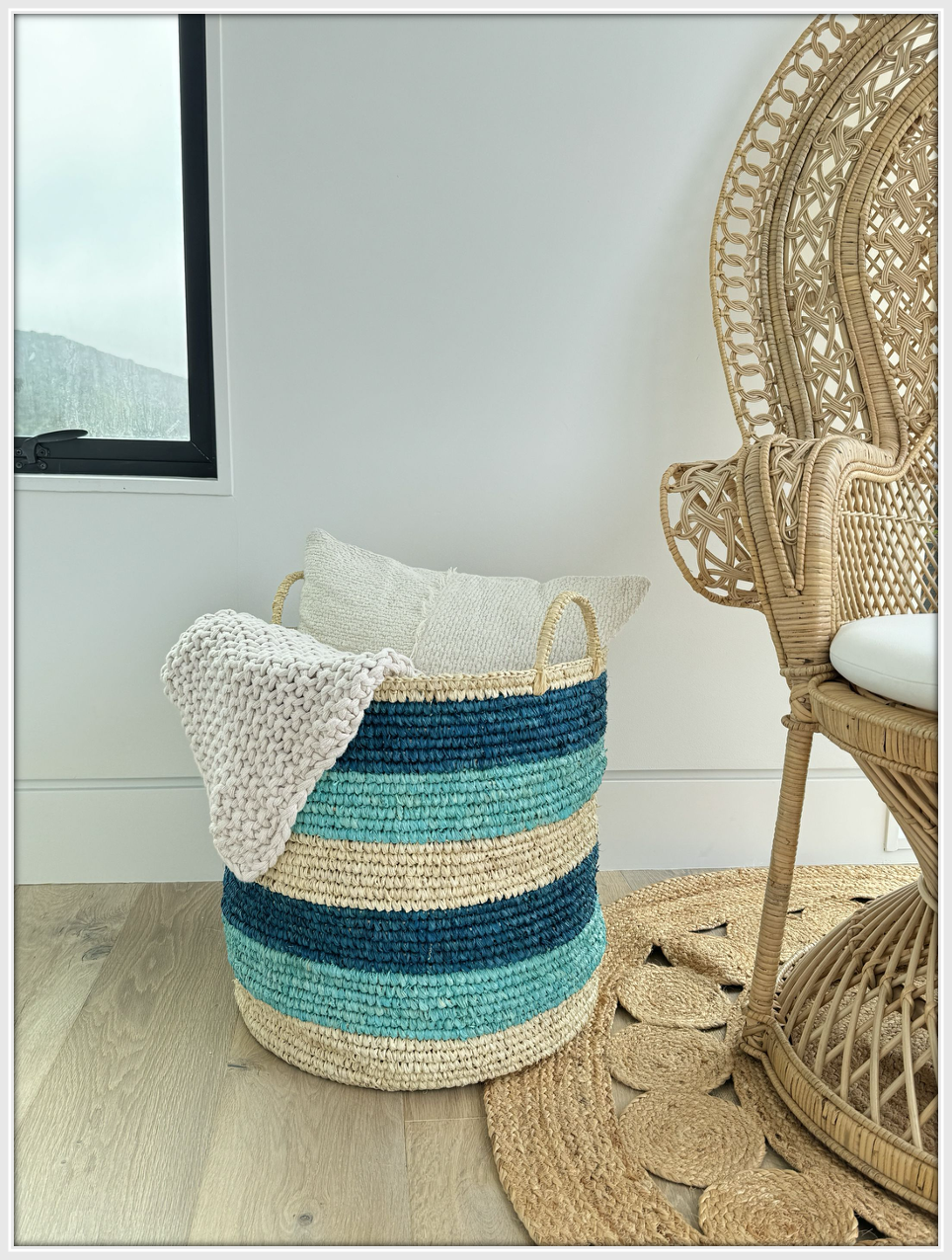All Discounted Items are Final Sale


Source: KOUBOO
Some dine beneath it, some swing from it, but a chandelier will always be the quintessential lighting option when you want to marry form and function for maximum impact. A stunning piece of lighting adds elegance to any room in your home, and a chandelier – when placed right – can also help define your design aesthetic, whether it’s the focal point of the space or simply a supporting element.
While chandeliers are often placed in entryways and above dining tables, there’s no need to restrict their functionality. A chandelier can also be a lovely choice in a living room, over a kitchen island, in a master bedroom or even in a powder room or walk-in closet. The world – or at least your home – is your oyster, but there are a few important factors to consider when selecting and placing chandeliers. Our comprehensive guide can help you choose the right chandelier for your space – and show you how to hang it for maximum design impact.
To determine the right size fixture for your space, first decide whether it will be hanging in the center of the room or above a table or counter. If the chandelier will be in the center of the room, measure the room in feet, then add the two numbers together. This sum becomes the recommended diameter in inches of the room’s fixture. For example, if your space is 10 x 10 feet, shoot for a 20-inch chandelier. A room that’s 12 x 16 feet needs a 28-inch fixture and a 15 x 17-foot space can handle a 32-inch sparkler. While this “rule” can be broken where it makes sense – for example in an entryway that’s vaulted but not necessarily large – keep it in your back pocket when you need a standard size guide.

If your chandelier will be hanging over a table or island, you’ll want to base its size on the structure below it for obvious reasons – your dinner guests won’t want to bump into hanging crystals every time they stand up. For a single chandelier hanging above a dining table, a good rule of thumb is to select a fixture that is one-half to three-quarters the width of your table. For example, you’d want a chandelier around 30 to 45 inches in diameter if you have a five-foot round table.
If you’re opting for a single chandelier over a kitchen island, a linear fixture often works very well, but make sure it’s no longer than two-thirds the length of your island. That means if you have a 7-foot island, keep your chandelier to 56 inches long. If your island is more of a square or you’re going for a single round chandelier, keep the diameter of your fixture between one-half and two-thirds the width of your island. For more information on hanging lighting fixtures above tables and kitchen islands, check out our Essential Guide to Pendant Lighting. Also, check our rattan pendant light collection.




Source: Savvy Interiors
If you're placing a single chandelier over a kitchen island, make sure it is centered over the island and that there is enough clearance that it doesn’t obstruct your view when standing or sitting at the counter. Keep in mind that you may want multiple chandeliers if your island is more rectangular than square.


While a chandelier is certainly a design element in any space, it should also serve its intended function – to light your space. That’s why it’s important to determine how much light you’ll need in any given space.
The brightness of a room is measured in lumens, and the number of lumens needed in a given space varies depending on the total square feet of the room and its function:

With this in mind, a 100-square-foot dining room would require 3,000 – 4,000 lumens (100 sq. ft x 30-40). A 250-square-foot living room would require 2,500 - 5,000 lumens (250 sq. ft. x 10-20), and a 200-square-foot kitchen would need 17,500 - 20,000 lumens (250 sq. ft. x 70-80).
So if your chandelier for your 100-square-foot dining room takes six LED bulbs, you’d use bulbs between 500 and 700 lumens each to produce the needed brightness.
Of course, with today’s smart and dimming lighting capabilities, erring on the bright side isn’t a problem, as you can adjust the light depending on the day and the occasion. Of course, you’ll also want to keep other sources of light in mind when making your calculations. For example, if the same dining room also had recessed lighting that produced 2,000 lumens, your chandelier would only need to produce between 1,000 and 2,000 lumens.

Source: Decor Pad
The number of chandeliers you need for your space depends on several factors, including the purpose of the chandelier, the size of the room, the wattage and other lighting sources.

Discover 15+ rattan decor ideas for 2026 from Kouboo. Explore fresh styles, natural textures, and inspiring ways to refresh the vibes in your home.

Explore 10+ beach house gift ideas from Kouboo - elegant coastal décor and accessories made for relaxed, beachside living.

Discover 10+ budget-friendly fall decor ideas to give your home a warm, cozy vibe. From DIY accents to affordable finds, bring autumn charm into every room without overspending.